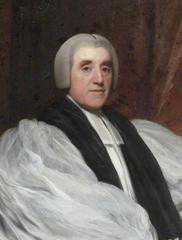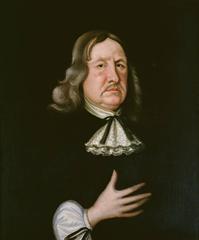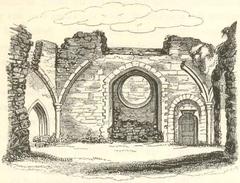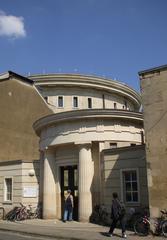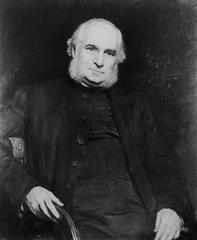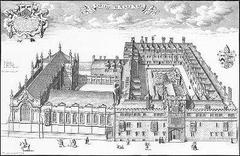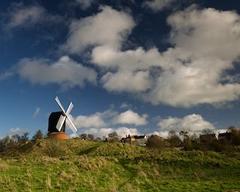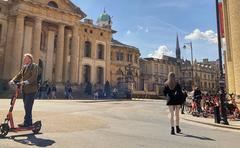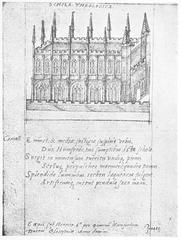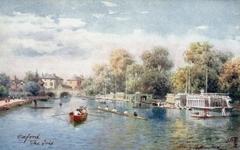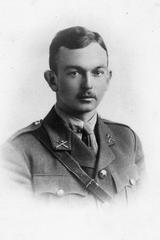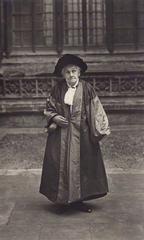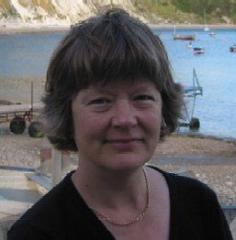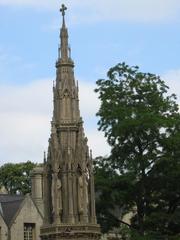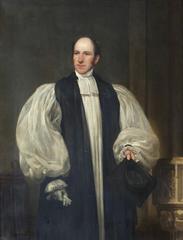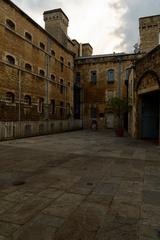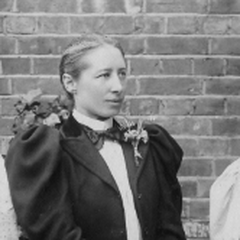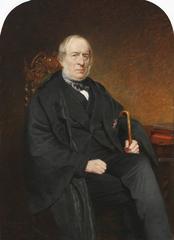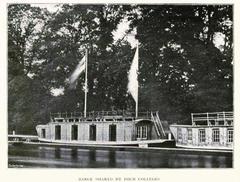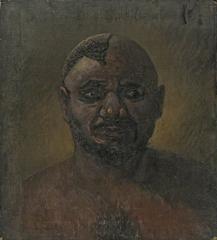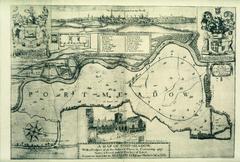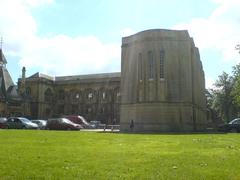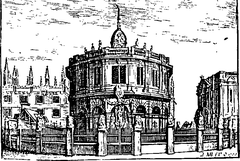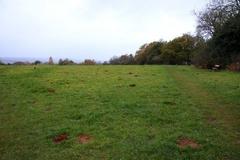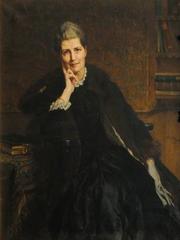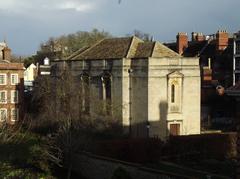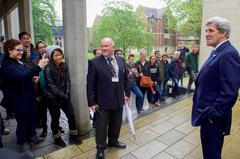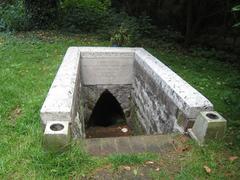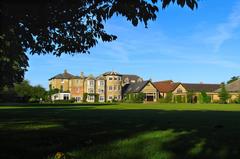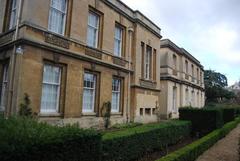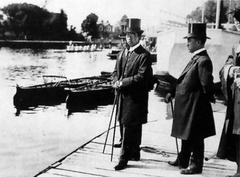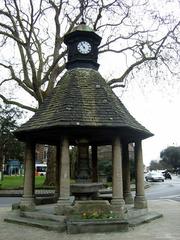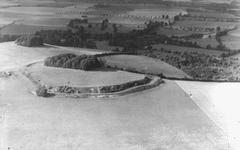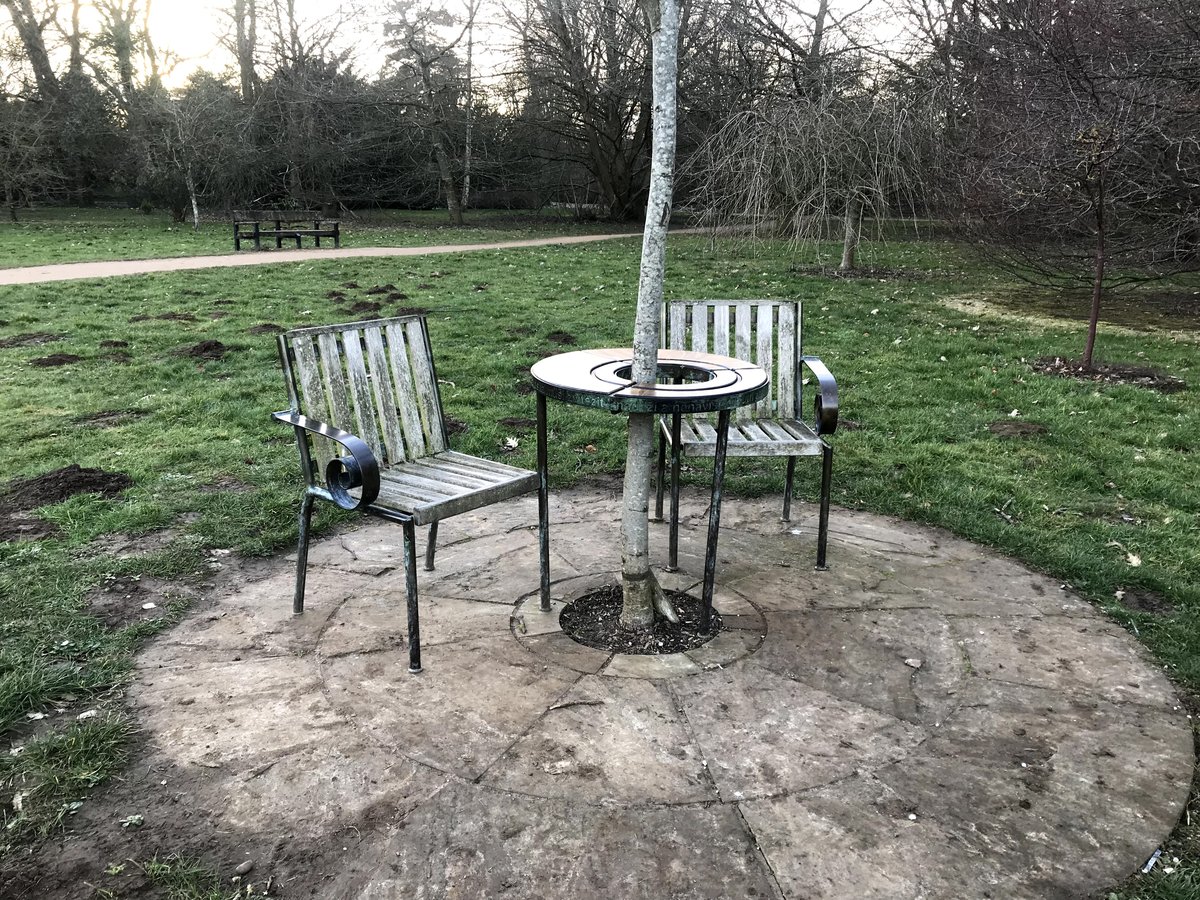
Havel’s Place Oxford: Visiting Hours, Tickets, and Historical Sites Guide
Date: 14/06/2025
Introduction
Havel’s Place in Oxford is a distinctive public memorial dedicated to Václav Havel (1936–2011), the Czech playwright, dissident, and democratic leader. Nestled within Oxford’s University Parks, this installation is more than an artwork—it’s a living space that invites reflection, dialogue, and connection, embodying Havel’s ideals of human rights, peaceful resistance, and open conversation. Conceived by Czech Ambassador Petr Gandalovič and designed by renowned architect Bořek Šípek, Havel’s Place features two chairs facing each other across a round table, with a linden tree—symbolic of Czech national identity—growing through the center. The inscription “Truth and love must prevail over lies and hatred” on the table’s rim echoes Havel’s message from the Velvet Revolution, calling visitors to contemplate the enduring power of truth and compassion (Oxford University Parks; Bořek Šípek’s website).
As the United Kingdom’s only Havel’s Place and a unique entry in a global network of memorials, the Oxford installation holds special significance in a city famous for academic excellence and intellectual exchange. Its serene riverside setting near Lady Margaret Hall offers a tranquil environment for visitors to pause and reflect. This guide provides comprehensive information on Havel’s Place, including historical context, symbolism, visiting hours, accessibility, travel tips, and nearby attractions, ensuring you make the most of your visit. For more information, consult resources such as the Oxford University Parks and the Václav Havel Library.
Guide Overview
- Origins and Concept of Havel’s Place
- The Global Havel’s Place Project
- Václav Havel: Context and Legacy
- The Oxford Installation: Historical Context
- Symbolism and Design
- Visiting Havel’s Place: Practical Information
- Visiting Hours & Entry
- Accessibility
- Travel Tips & Getting There
- Restoration and Preservation
- Havel’s Place and Oxford’s Public Art
- Timeline of Key Events
- Frequently Asked Questions (FAQ)
- Visuals and Media
- Related Oxford Historical Sites
- Lasting Impact
- Call to Action
Origins and Concept of Havel’s Place
The concept of Havel’s Place emerged to honor Václav Havel’s legacy as a champion of democracy and dialogue. Ambassador Petr Gandalovič initiated the idea, commissioning Bořek Šípek—Havel’s friend and collaborator—to create a memorial that fosters interaction, not just observation. The installation’s design of two chairs and a round table, penetrated by a linden tree, invites face-to-face conversation, echoing Havel’s advocacy for open, equal dialogue (Wikipedia; Bořek Šípek’s website).
The linden tree, the Czech Republic’s national tree, symbolizes renewal and national identity. Havel often included a heart in his signature, reflected in the tree’s heart-shaped leaves. The inscription “Truth and love must prevail over lies and hatred” embodies the ideals that shaped Havel’s leadership during the Velvet Revolution (Oxford University Parks).
The Global Havel’s Place Project
Oxford’s Havel’s Place is part of an international series of memorials designed to encourage public dialogue and commemorate Havel’s contributions to democracy. Since the first unveiling at Georgetown University in Washington, D.C., in 2013, similar installations have appeared in cities including Dublin, Barcelona, Prague, and Philadelphia (Wikipedia; Václav Havel Library). Each Havel’s Place follows the core design, reinforcing a universal message of democratic values.
Oxford’s installation, inaugurated in November 2014, was the seventh globally and remains the only one in the United Kingdom (Radio Prague International). Its unveiling marked the 25th anniversary of the Velvet Revolution, linking Czech and British traditions of academic and civic dialogue (Oxford University Parks).
Václav Havel: Context and Legacy
Born in Prague in 1936, Václav Havel rose as a playwright and dissident, critiquing authoritarianism through his art and essays. His leadership during the 1989 Velvet Revolution was pivotal to Czechoslovakia’s peaceful transition from communism to democracy. As president, Havel promoted reconciliation, human rights, and international cooperation, earning global accolades such as the U.S. Presidential Medal of Freedom (Prague.org). Havel’s legacy endures as a symbol of moral integrity and nonviolent resistance.
The Oxford Installation: Historical Context
Located in the University Parks, just west of the pond near Lady Margaret Hall and overlooking the River Cherwell, the Oxford Havel’s Place was installed to complement the city’s academic heritage (Oxford University Parks). The 2014 unveiling brought together Czech and Slovak dignitaries, Oxford academics, and Havel’s friends—including historian Timothy Garton Ash, who documented the Velvet Revolution and became a close confidant of Havel. Havel was awarded an honorary Doctorate of Civil Law by Oxford in 1998, cementing his ties to the university (Oxford University Parks).
Symbolism and Design
Havel’s Place is rich in meaning: the two chairs and round table symbolize equality and dialogue, while the linden tree stands for Czech identity and renewal. The inscription invokes Havel’s core belief in the transformative power of truth and love. In Oxford, the chairs can be rotated to face different views, further emphasizing flexibility and openness in conversation (Bořek Šípek’s website; Oxford University Parks).
Visiting Havel’s Place: Practical Information
Location
Havel’s Place is situated within Oxford University Parks, centrally located in Oxford and bordered by Parks Road and the River Cherwell. The main entrance is on Parks Road, with well-marked footpaths leading to the memorial. University Parks Map
Visiting Hours & Entry
- Opening Hours: University Parks is open daily from dawn until dusk.
- Entry: Free—no tickets or reservations required for Havel’s Place or the park.
Accessibility
- Wheelchair-accessible paths and level ground.
- Accessible restrooms (seasonal hours may apply).
- Bicycle parking near park entrances (Oxford University Access Guide).
Travel Tips & Getting There
- By Foot/Bicycle: Short walk or ride from city centre landmarks.
- By Train: Oxford Railway Station is about 20 minutes on foot.
- By Bus: Several routes stop near Parks Road.
- By Car: Public parking is limited; use Park & Ride services when possible (VisitBritain – Oxford).
Best Times to Visit
Spring and summer offer the best weather and scenery, with the linden tree in full leaf. Early mornings and late afternoons tend to be quieter.
Restoration and Preservation
In 2019, the original wooden elements of Havel’s Place were replaced with durable Accoya wood to withstand weather and ensure longevity (Oxford Alumni). Regular maintenance supports the memorial’s ongoing role as a site for reflection.
Havel’s Place and Oxford’s Public Art
The memorial is part of a tradition of public art in University Parks, alongside tributes to figures such as Mahatma Gandhi and J.R.R. Tolkien (Oxford University Parks). These installations enhance the city’s landscape, fostering engagement and education.
Timeline of Key Events
- 2013 (Oct 2): First Havel’s Place unveiled at Georgetown University, Washington, D.C.
- 2014 (Nov 6): Oxford Havel’s Place unveiled, marking 25 years since the Velvet Revolution (Wikipedia).
- 2019: Oxford memorial restored using Accoya wood (Oxford Alumni).
Frequently Asked Questions (FAQ)
What are the opening hours?
University Parks is open from dawn until dusk every day; Havel’s Place is accessible during these hours.
Is there an entry fee or ticket required?
No—entry is free and open to all.
Is Havel’s Place wheelchair accessible?
Yes; paved, level paths lead directly to the memorial.
Can I take photos?
Yes, photography is encouraged.
Are guided tours available?
There are no official tours for Havel’s Place, but local guides may include it in their routes.
Are pets allowed?
Dogs are welcome but must be under control.
Is there parking?
Public parking is limited; Park & Ride or public transport is recommended.
Visuals and Media
Visitors are encouraged to view images, maps, and virtual tours available on the Oxford University Parks website and other authorized tourism platforms. Descriptive alt tags such as “Havel’s Place Oxford memorial” improve accessibility.
Related Oxford Historical Sites
While visiting Havel’s Place, consider exploring nearby landmarks:
- Lady Margaret Hall
- River Cherwell
- Bodleian Library
- Ashmolean Museum
- Oxford’s historic colleges
More information is available at Oxford University Parks.
Lasting Impact
Havel’s Place stands as a living testament to Václav Havel’s vision, encouraging dialogue, empathy, and the pursuit of truth. Its placement in Oxford aligns with the city’s traditions of intellectual inquiry and cross-cultural engagement. The memorial’s accessibility and integration with public art contribute to Oxford’s role as a center of learning and civic reflection (Oxford University Parks; Václav Havel Library).
Call to Action
Experience Havel’s Place for yourself—reflect, converse, and engage with the enduring spirit of Václav Havel. For up-to-date information on opening hours, events, and nearby attractions, download the Audiala app, follow Oxford’s cultural channels, or consult official park resources.
Sources
- Wikipedia – Havel’s Place
- Bořek Šípek’s website
- Oxford University Parks
- Radio Prague International
- Václav Havel Library
- Prague.org – Who Was Václav Havel?
- Oxford Alumni – Restoring Havel’s Place
- VisitBritain – Oxford

